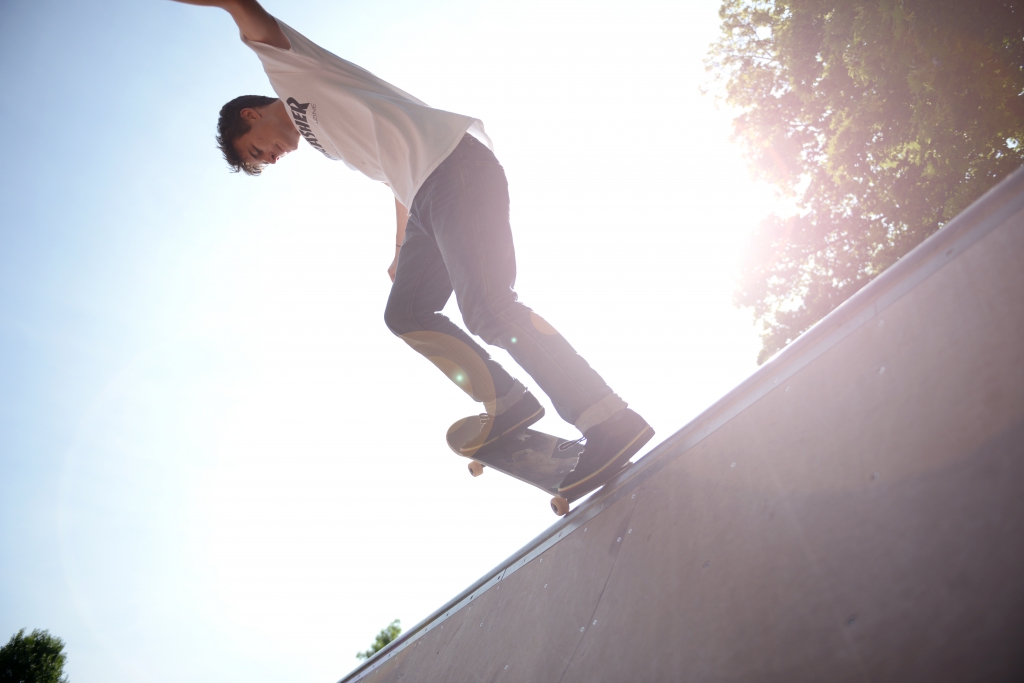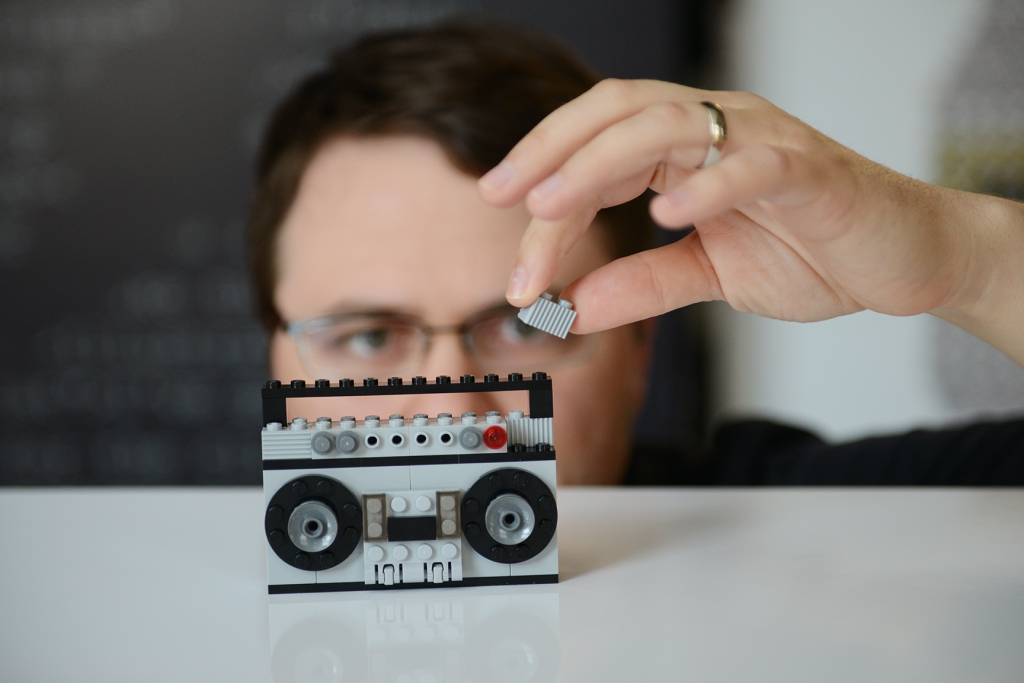Why Nikons are the superior choice when it comes to DSLR’s
July 2, 2017LLT Group
When I started photography 15 years ago, all I had was a 35mm Ricoh SLR and a 35-70mm 4.5 lens. This setup really limited me to the number of images that I could take on any given day because all I would get off a roll of film would usually be around 36 exposures. Thankfully, there has been great developments in technology since then and something has come along that is far superior to my 15-year-old relic and the days of buying endless rolls of film have passed. DSLR’s or Digital single-lens reflex cameras came out in the early 2000’s and took the market by storm making most working photographers hang up their film cameras and pick up the technology that is here to stay. Throughout the years, I have been able to try out all sorts of digital camera bodies and lenses and one brand has always been number one when it comes to durability and all-around performance. In my eyes, no other company comes close to producing the type of cameras that Nikon is producing, especially if you are out in the field more than you are in your office.
I may rank cameras in different ways as other photographers do and find certain features important while other photographers couldn’t care less. The things that I look for and find most important when choosing a camera is ISO performance, button layout, megapixels, and how long the body is going to last me. Don’t get me wrong, there are other parts of a camera that are also very important, I just rank these four parts as most important. I also realize that all of the specs of every Nikon DSLR are different from each other, I am ranking the flagship models mainly concentrating on my current workhorse, the D800.
ISO Performance
By far the most important part of a DSLR is how well it can perform at higher ISO’s and Nikons are among the best when it comes to handling the lowest of light conditions. To clarify, ISO is the measure of sensitivity that your sensor is to light. The greater the ISO, the more light your sensor is taking in while also increasing the noise or the grain your image may have making the image less sharp. Most cameras that are offered currently perform really well at an ISO of about 200 which is great, especially when you are in a controlled setting like a studio. Since I never really know what kind of job I am walking into, I need a camera that has a wide range of useable ISO. With my current camera (Nikon D800), I have no problem pushing it to 3200, even 4000 if I have to. Having the ability to do this lets me walk into any job with confidence knowing that whatever lighting condition that may be present, I can take care of with ease.
The times I usually use a higher ISO like 3200, is when I am photographing inside in a lowlight condition like when a meeting is taking place or atmosphere shots of a poorly lit office. My main goal with photography is to produce the best quality image that I can and for this reason I honestly wouldn’t even look at a camera anymore if it couldn’t handle 3200. This is the main feature that I look at when it comes to investing in a new camera system and why I choose to go with Nikon because of the fact that there isn’t another company that can rival how well their cameras can handle high ISO.
Button Layout
This may seem like a strange thing to look for in a camera and one that seems purely dependent on the user of the camera, but the button layout is something people often overlook. By far, this is one of the biggest flaws I see when I look at new camera models or how other brands organize and disperse their buttons and camera controls. You want a layout that you can control without ever taking your eyes off of your subject. In my opinion, the layout of the Nikon D800, D4, D4s, and D5 is perfect in every way. There are many lower end Canon cameras that fall short because of the horrible ISO and white balance placement.
With the D800, the aperture, shutter speed, and ISO are all in the perfect spot so you can concentrate on getting the shot rather than finding the control that you are looking for. Less common controls like image quality and focus control can placed in a location where it is a little more challenging to reach because you are not changing these settings too often. Another thing to consider is if there are any controls that are going to get in your way. With the newer Nikon models, you can tell that these bodies are designed and created for photographers that do this for a living. You can also see that Nikon really listens to what people had to say about their previous bodies because of how they perfected the design of their products from now on. This is another reason why Nikon is at the top of their game and why no other camera company can rival them.
Durability
It doesn’t matter how good a camera system is if it can’t keep up with the constant stresses of the job. I look at a camera as a tool and I believe tools should be able to take a beating. One of the most important parts of a camera by far is the shutter; this is the part that is doing all of the movement in the camera and what lets light get to your sensor as quick as 1/8000 of a second. Most of the higher end Nikon models, the shutter is rated between 200,000 and 400,000 cycles which in my own experience, is only an estimation. A few of my pervious camera bodies have gone well past this estimation but I still carry two backup bodies on every job for a little bit of added security.
Another part of the camera that absolutely needs to be sturdy is the actual body itself. The Nikon D800 as well as the other Nikon flagship models come with an unbelievably sturdy magnesium alloy body which can honestly take anything that you are going to throw at it, even if you find yourself photographing war zones or if you are spending a lot of time in the Amazon. Simply put, this camera is going to work as hard as you do and will be able to take whatever kind of abuse you may want to put it through.
Megapixels
It seems that every camera company is competing at packing as many megapixels as they possible can into their DSLRs and everyone is going for whatever brand has the most megapixels. It seems that is the first question people ask when they are talking about cameras, “How many megapixels does it have?” Nikon and Canon are at the top two of this competition and from the outside, it may look like Canon is the winner. If we are only looking at megapixels, then Canon absolutely wins with a staggering 50 megapixels packed into a body. The problem with Canons high megapixel cameras is they fall short of the image quality that Nikon models are putting out proving that no matter how many megapixels a camera has, the only thing that truly matters is the quality of the image that your camera produces.
The Nikon D800 that I personally use has a whopping 36 megapixels which produces unbelievably detailed images with incredibly high dynamic range. At 36 megapixels, you can safely print billboard sized prints with ease. I couldn’t see ever needing to print anything bigger than that.
There are many other important features when it comes to choosing a camera body. The ones that I listed are the four most important to me. With any Nikon DSLR I have ever owned, I was always confident in the ability of my camera to get the job done. You still need to have the know how to be able to get the shot, these features make the job a little on the easier side. I have no doubt that I will be using Nikon for many years to come.


